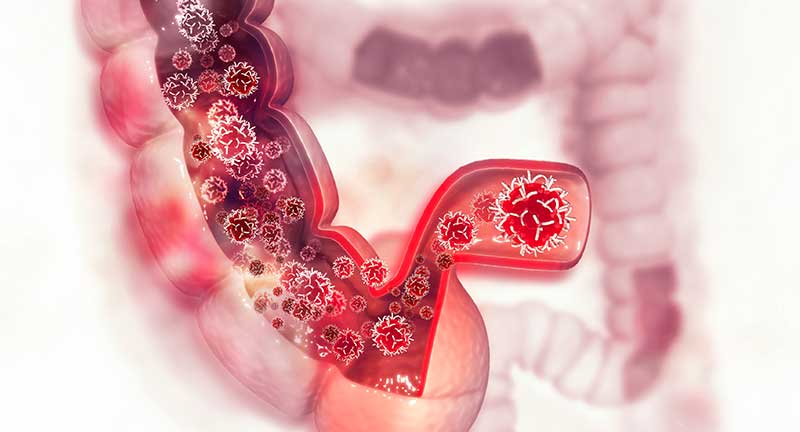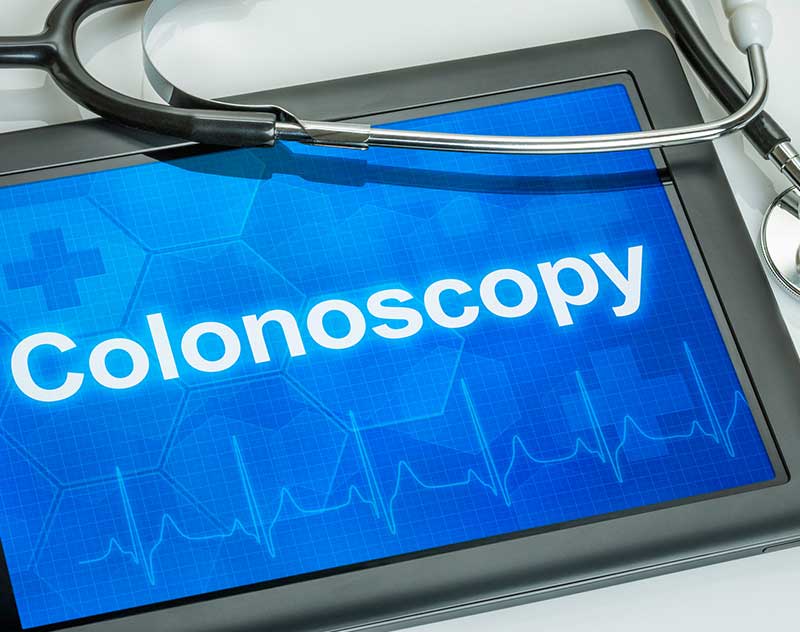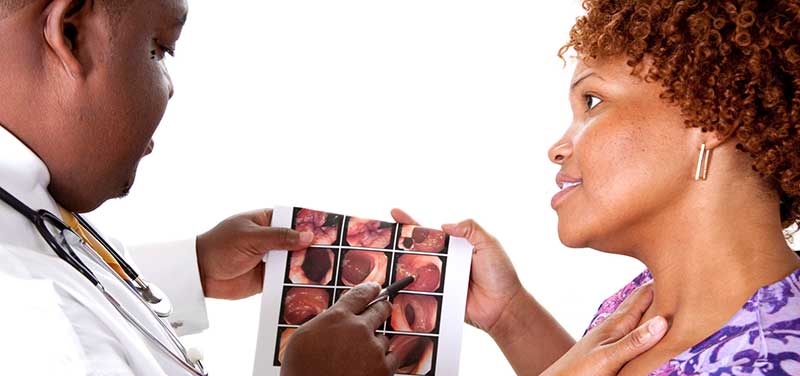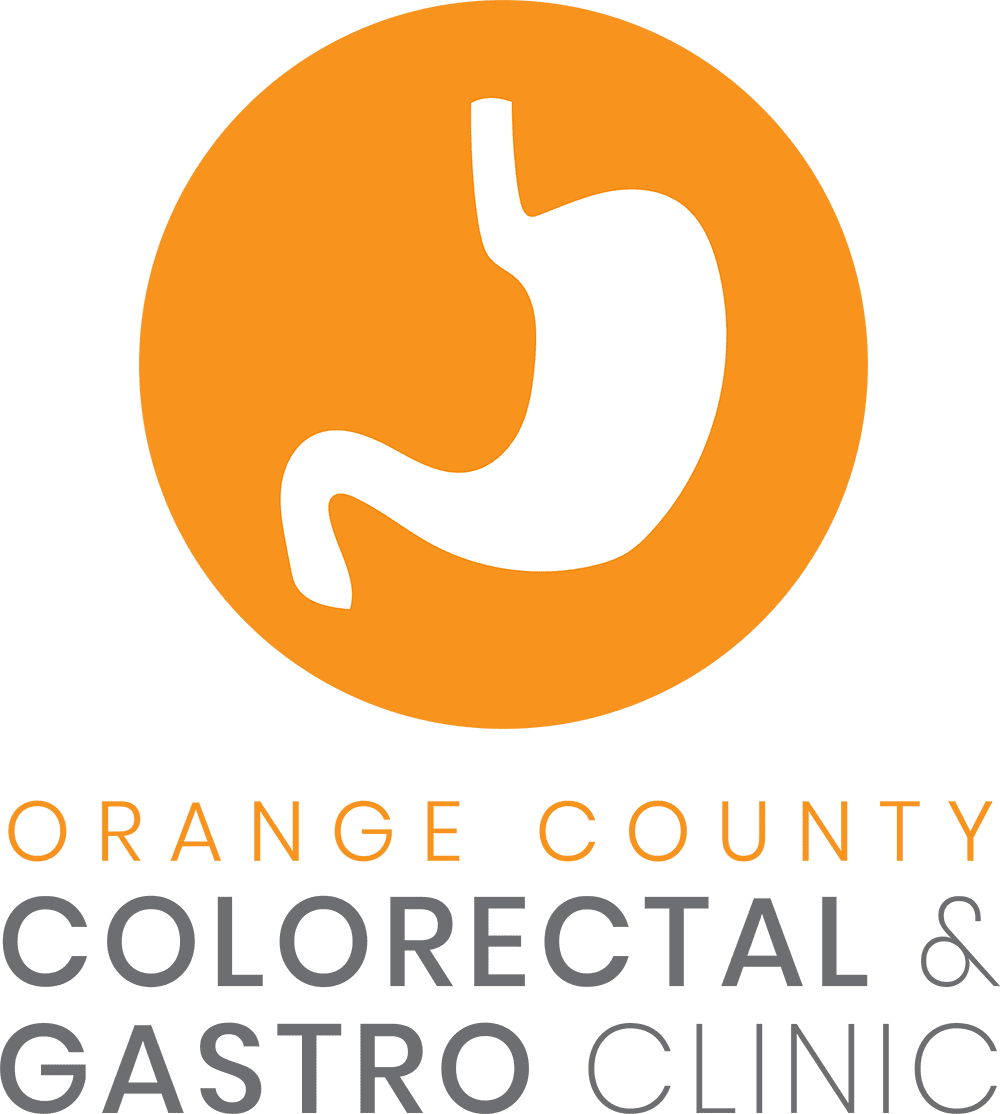

A colonoscopy is an exam done to look for abnormalities in the patient’s colon or large intestine and the rectum.
During the exam, the doctor will insert a long narrow tube with a camera attached up the patient’s rectum. The tube, which is called a colonoscope, will allow the doctor to get a good look at the patient’s whole colon.
If the doctor finds abnormalities like polyps, they can remove them during the colonoscopy. They can also take tissue biopsies.
Why is a Colonoscopy Done?
There are several reasons to perform a colonoscopy. For example, it is a standard method of screening patients for colon cancer. Many doctors will recommend colonoscopies to patients who are at least 50 years old. If the patient has an average risk of cancer and doesn’t show any signs of abnormalities during their first colonoscopy, they might not need a colonoscopy every year.
On the other hand, patients with a history of polyps or other abnormalities will have to undergo colonoscopies more often. Finally, the doctor may recommend a colonoscopy if the patient has symptoms of intestinal problems like rectal bleeding, abdominal pain, or chronic diarrhea.


What Can the Patient Expect?
The average colonoscopy takes around 30 to 60 minutes. The patient will be sedated or given general anesthesia to keep them comfortable. They will have to wear a hospital gown, and the doctor will typically have them lie on their side with their legs drawn up towards their chest.
Because of the sedative, the patient will need somebody to drive them home. As it can take a whole day for the sedative to wear off completely, the patient should stay home and rest, rather than go back to work.
How to Prepare
The preparation is admittedly the least pleasant part of a colonoscopy, because the patient will need to completely empty their bowels so the doctor can get a clear look at the rectum and colon. The patient will thus have to stop eating solid foods at least 24 hours before the exam.
The will also have to take a bowel preparation or laxative that will induce diarrhea and cause liquid stools. Those liquid stools can irritate the skin around the anus, so the patient should apply ointment or petroleum jelly around the anus before drinking the bowel preparation. Similarly, patients should use wet wipes rather than toilet paper.
The bowel preparation can sometimes make patients vomit or feel nauseated. If that happens, the patient should wait 30 more minutes before drinking more of the preparation, and take small sips. Walking or eating a few soda crackers may help reduce the nausea.
The patient should also tell their doctor beforehand about any medications, such as prescription, over-the-counter, or supplements, that they are taking. Some drugs can interfere with the colonoscopy, and the patient may either have to stop taking them or use a substitute for a short time.


